Can a Bunded Oil Tank Be Moved?
Contents
- Can a Bunded Oil Tank Be Moved?
- Is It Legal to Move a Bunded Oil Tank?
- Why You Might Want to Relocate Your Oil Tank
- Can You Move the Tank Yourself?
- How to Safely Relocate a Bunded Oil Tank
- Do You Need to Notify Anyone?
- Tips to Keep in Mind When Moving a Bunded Tank
- What About Environmental Risks?
- The Bottom Line
Can a Bunded Oil Tank Be Moved?
If you’re planning renovations, landscaping, or selling your home, you might be wondering: can a bunded oil tank be moved? The short answer is yes—but only if it’s done properly. Moving an oil tank is more than just a matter of lifting it and dropping it somewhere else. It requires planning, expertise, and a clear understanding of the safety and environmental risks involved.
In this guide, we’ll walk you through when you can move your bunded tank, how to do it safely, and what boxes you’ll need to tick to stay compliant.
Is It Legal to Move a Bunded Oil Tank?
Yes, moving a bunded oil tank is legal in the UK, provided the work is done safely and meets the requirements for oil storage and installation. While you don’t need special permission just to move the tank, you do need to ensure that the new location complies with the current regulations on tank positioning, safety distances, and fire risks.
OFTEC (the Oil Firing Technical Association) provides broad guidance on how oil tanks should be installed, but the focus here isn’t about quoting rules—it’s about what you need to think about in practical terms.
The main takeaway? You’re allowed to move the tank, but it’s not something you can—or should—do alone.
Why You Might Want to Relocate Your Oil Tank
There are several legitimate reasons to relocate a bunded oil tank, including:
- Safety concerns: The tank may currently be too close to windows, drains, or buildings.
- Access issues: Delivery trucks may struggle to refill the tank where it’s currently located.
- Aesthetics or landscaping: You might want to move the tank out of sight or clear space for a garden or patio.
- Building work: Extensions or new outbuildings may require repositioning the tank to meet clearance rules.
Whatever the reason, a successful relocation comes down to more than just convenience—it’s about ensuring long-term safety and reliability.
Can You Move the Tank Yourself?
Technically? Maybe. Practically? No.
Even if you’re confident with DIY tasks, moving an oil tank isn’t something you want to attempt without proper experience and equipment. Bunded tanks, especially steel models, are heavy even when empty. They also contain hazardous material, which adds another layer of risk.
You’ll need to:
- Drain the oil safely
- Transport the tank without damaging it
- Ensure the base at the new site is strong, level, and fire-resistant
- Reconnect and test the fuel lines
- Check for any leaks or integrity issues
Unless you’re certified and insured to handle this sort of job, hire a professional technician. You can find qualified oil heating engineers through trade bodies like APHC (Association of Plumbing and Heating Contractors) or by checking local directories.
How to Safely Relocate a Bunded Oil Tank
Here’s a breakdown of the key steps involved in relocating your oil tank:
1. Hire a Qualified Technician
Search for someone with experience in oil tank removals and installations. Some technicians are also OFTEC registered, which adds an extra layer of credibility—even if it’s not a strict legal requirement for domestic jobs.
2. Assess the New Location
The tank’s new site should:
- Be on a solid, non-combustible base (concrete or paving slabs)
- Sit at least 760mm from a boundary, and ideally 1.8m from any windows or doors
- Have good access for oil deliveries
- Be protected from potential vehicle collisions if near a driveway
Avoid placing it over drains, near open water, or in areas prone to flooding.
3. Drain and Clean the Tank
All oil must be safely pumped out and stored in a temporary holding container or barrel. Sludge and water should be removed from the bottom of the tank to prevent contamination later on.
Some companies offer tank cleaning services as part of the relocation process.
4. Disconnect and Remove the Tank
Once drained and cleaned, the tank can be disconnected and carefully lifted from its current location. This often requires lifting equipment or a vehicle with a crane arm, especially for larger tanks.
5. Transport and Reinstall
Move the tank to the new base and reconnect it to your heating system. This includes reattaching the pipework, refitting the isolation valve, and re-priming the system to remove air from the fuel lines.
Once installed, the system should be pressure tested to ensure everything is working properly and that no leaks are present.
6. Dispose of Damaged Tanks
If your tank is old, cracked, or no longer structurally sound, it’s not worth relocating. A professional can advise whether it’s more economical—and safer—to install a new bunded tank instead.
Do You Need to Notify Anyone?
It’s good practice to let your oil supplier know if you’re changing the tank’s location. This helps them update delivery records and avoids confusion when refuelling.
In some cases, you may need to inform:
- Your insurer, especially if the tank’s new location changes the property’s risk profile
- Your local authority, if you live in a conservation area or if the tank’s location is significantly different
- Your installer, if you plan to upgrade or replace the tank at the same time
You don’t need formal planning permission in most cases, but it’s worth checking with your local council if you’re unsure. You can find your local authority contact info on the GOV.UK council finder.
Tips to Keep in Mind When Moving a Bunded Tank
- Use up your oil first: Try to run your heating system low before the move to reduce the amount that needs transferring.
- Take photos: Document the tank’s current condition before and after the move in case there’s a dispute or insurance claim.
- Don’t reuse old pipework: It may not be long enough or meet safety standards in the new location.
- Check the warranty: Some manufacturers require installations to meet certain conditions to keep warranties valid.
- Plan ahead for downtime: You may be without heating for a day or two while the move is completed.
What About Environmental Risks?
Oil leaks are a serious issue. Even a small spill can contaminate soil, pollute groundwater, and trigger expensive clean-up requirements.
When relocating a bunded tank, make sure:
- The tank hasn’t suffered damage that could compromise its bund (secondary containment)
- All joints and pipework are secure and sealed
- There’s a plan in place for emergency spill containment
If you discover any signs of leaking during the move—staining, oily smells, or visible wet patches—stop the job and get it inspected.
The Bottom Line
Yes, a bunded oil tank can be moved, but only if it’s done with care, planning, and the right professional help. It’s not a DIY project—too much can go wrong, from damaging the tank to spilling oil or invalidating your insurance.
By working with a qualified technician and checking that the new location is suitable, you’ll ensure the tank continues to operate safely and efficiently. Don’t cut corners here—the consequences of a mistake can be costly and long-lasting.
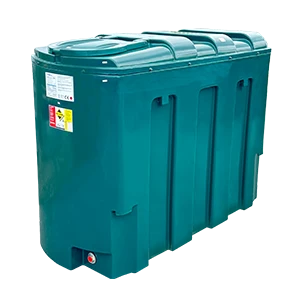
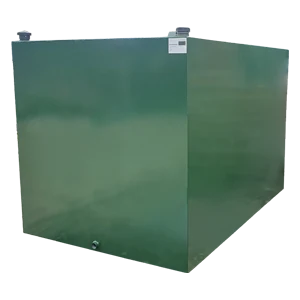
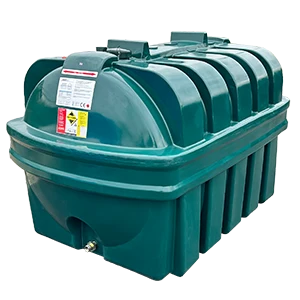
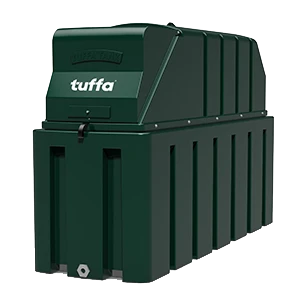
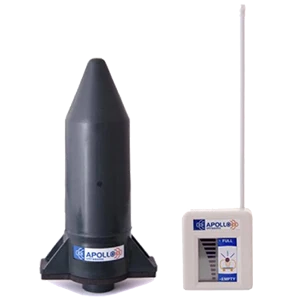
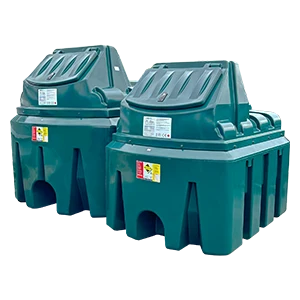
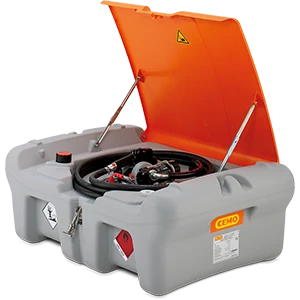
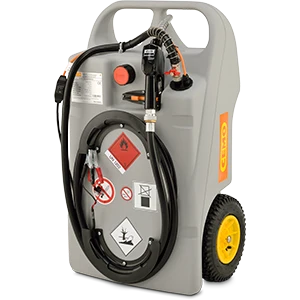

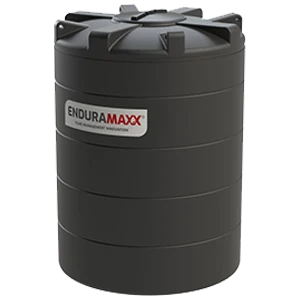
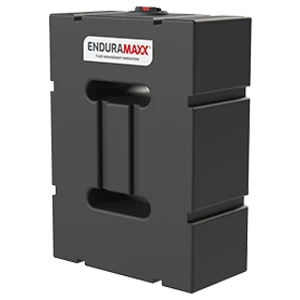
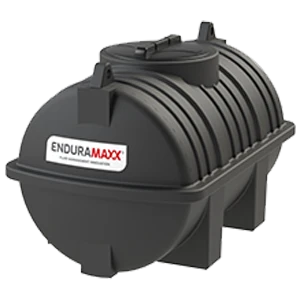
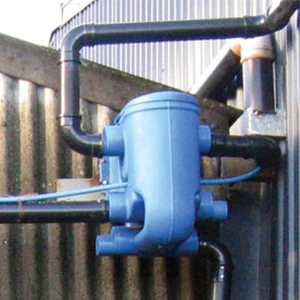
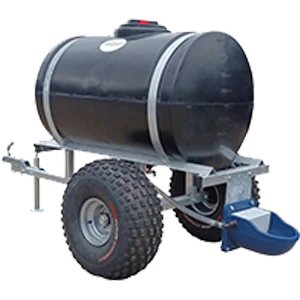
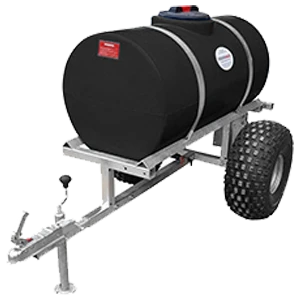
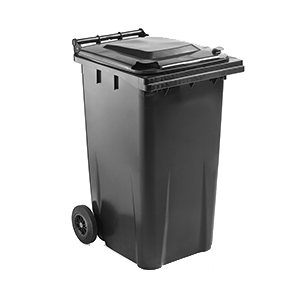

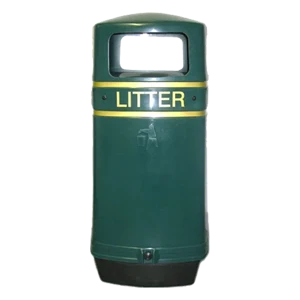

Share This: